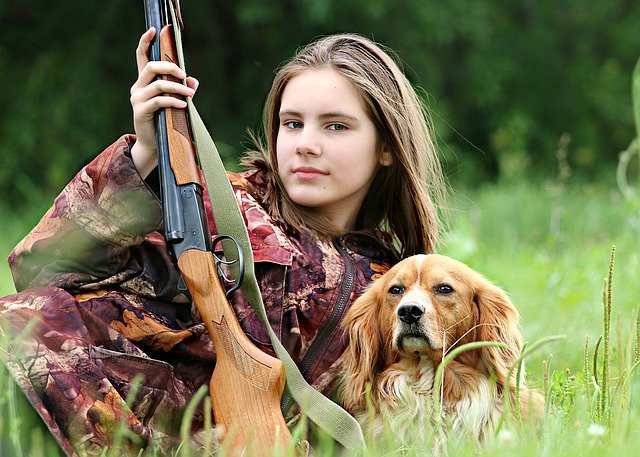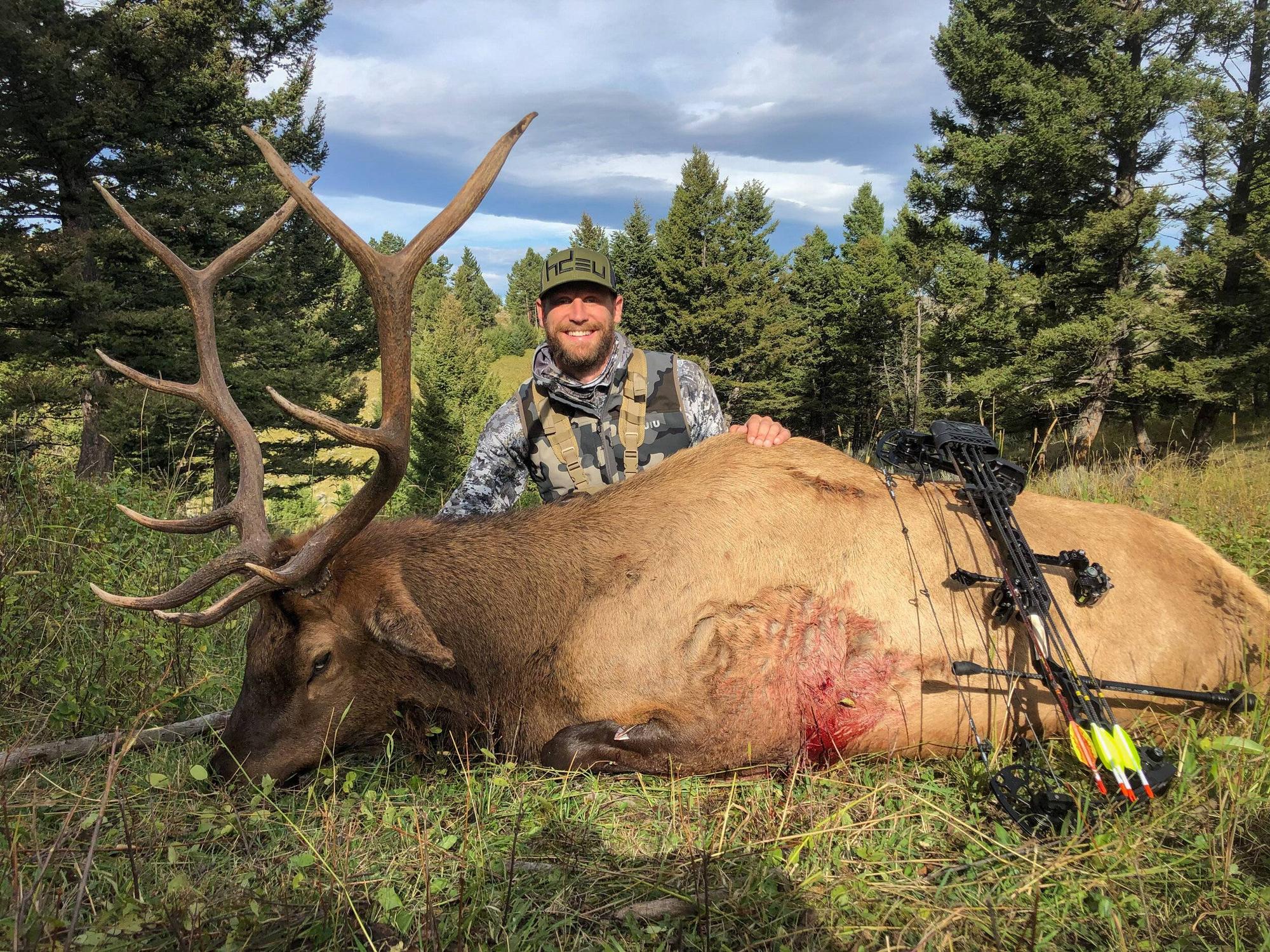
The rules of fair chase are a set of guidelines that govern the hunting and fishing activities of a person. This type of recreational activity is often considered a sport, although it is not always legal or ethical. Hunting and fishing within a fenced enclosure are prohibited. But, fair hunting rules can also be applied to other types of fishing and hunting. These rules are usually written in plain English so novice hunters can understand them.
These guidelines govern the way hunters take game. They restrict the use of aircrafts, vehicles and other methods, and also prohibit electronic calling and shooting within a fenced enclosure. These guidelines were based on "fair chase" principles, which have been applied in the field for more then a century. Additionally, hunters must respect wildlife's rights and refrain from causing them harm. For example, fair chase doesn't allow the use of radios and other electronic devices, and hunters should not kill an animal simply because they were afraid of it.
These guidelines are being adopted by many organizations such as the Boone and Crockett Club. These guidelines are based upon strong ethical principles that aim to ensure legal and ethical hunting. According to the Boone and Crockett Club, fair chase refers to legal and ethical pursuit of wild game animals free-range. Although the rules will vary between states, they should be applicable to all big hunters. The Boone and Crockett Club has a list of acceptable hunting practices and a guideline on how to get there.

A fair hunt must follow specific guidelines when it comes to how to treat the animals. Hunters should follow the four C's: compassionate, capable, courteous. They should also know what to do in the event of an emergency. A good hunt is guided by the "rules for first blood", where the hunter can claim to be the first one to kill an animal. The rules of fair chase provide guidelines and guidance to hunters. They address certain aspects of hunting. This concept aims to reduce the chances of a hunter being unsuccessful and to give the animal a chance to escape predation.
Hunting should be ethical. Avoid canned food, and don't use food baits to lure animals. They should also learn about the land. A hunter must also learn how to hunt in the wild before he can pursue an animal. A trophy should not be considered an accomplishment in a lifetime. The concept is important in many respects. Ethical hunting is more than just being ethical. It is equally important to consider safety for others.
FAQ
Why does the U.S. Department of Agriculture (USDA) estimate that only about 1 percent of hunters kill a deer every year?
The USDA estimates that about 6.5 million Americans hunt deer. Only 2.2million actually shoot one.
This means that about 0.6% of hunters kill a deer each season.
Where can you buy a gun What do I need?
Certain species require a gun to hunt.
Most states require hunters to own a firearm. The type you choose depends on the game you are hunting and the state where you live.
At any sporting goods retailer, you can purchase a rifle or shotgun, handguns, muzzle loader and crossbow as well as an archery weapon.
You should ensure that you select a weapon that suits your needs. For example, if you want to hunt small games such as squirrels, rabbits, and pheasant, you might consider purchasing a .22 caliber pistol.
A larger caliber weapon is recommended for hunting large game, such as bears, deer, and elk.
Do not buy a weapon unless you feel comfortable handling it. Guns are dangerous tools. It is a dangerous tool.
Make sure the gun has been checked by a qualified gunsmith before you buy it. Ask the seller for instructions on how to load and unload your gun.
Make sure to check the warranty. Ask the dealer if they have a warranty.
Ask the dealer for a copy if their safety instructions. These documents should contain information on safe storage and maintenance.
Check the serial number. If the serial number starts with "NIB", it means "New In Box," this indicates that the gun is brand-new.
If the serial number begins by an odd number, it means that the gun has previously been owned.
You can contact the manufacturer directly if you are not sure if the gun has been used. You should get more details from the manufacturer.
Where can I buy a gun?
Gun stores are located throughout the country. They have everything from entry-level guns to highly-priced weapons.
Some gun shops specialize in selling firearms. These stores have knowledgeable staff members that can help customers choose the right gun.
Check out our handgun buying guide.
Statistics
- - Percent of residents with paid hunting licenses: 0.7%- (stacker.com)
- Over the past 50 years, the number of hunting licenses in California has been on a rapid decline, falling 70% from more than 760,000 in the 1970s to under 268,000 in 2020—even as the state's population has skyrocketed, according to The Mercury News. (stacker.com)
- Licenses dropped from a peak of roughly 17 million in the 1980s to 15 million in 2019, according to The Seattle Times. (stacker.com)
- - Percent of residents with paid hunting licenses: 0.7%- (stacker.com)
External Links
How To
How to hunt wild hogs
Wild hogs, which are large, can be found in North America and Asia as well as Europe. Wild hogs are omnivores. They eat plants and small animals like rabbits, mice and birds. They usually feed at night. One piglet is born after the gestation period of approximately six months. A sow gives birth every two years. Wild hogs are solitary animals, although they sometimes live together in groups called herds.
Wild boars weigh in at around 200 pounds (90 kg). Their average head length is 10-12 inches (25-30cm), and their body length is 20-30 inches (50-75cm). Wild pigs have long legs with broad shoulders and short tails. They have a thick layer of fat under their skin.
They are extremely sensitive to the senses of sight, hearing, smell, and taste. These senses are used to find food and detect danger. They can run upto 35 miles an hour (56 km/h), and can jump up to 15 feet (4m) in a single bound. They have sharp teeth. They can be aggressive in defending themselves from predators.
Hunting wild hogs is hard because they are intelligent, fast, and elusive. Hunting wild hogs requires careful observation. The animal could escape if hunters are too quick to shoot. If hunters are too late, the animal might die before it reaches shelter.
There are many ways to hunt wild hogs. The most common method is shooting. This requires hunters hunting to find the animal, then waiting until it comes within range. Another option is trapping. Setting traps near water sources is another method of trapping. Some traps contain a smell lure, such a corn meal with peanut butter. When the trap is opened, the hunter shoots a trapped pig.
Another option is snaring. To catch the pig, snaring uses a rope-covered noose. It works best when the pigs are caught during their mating season.
You can also use poisoning, spearing, or netting. Netting and spearing involve placing a net or spear through the pig's neck to stop its breathing. Poisoning can be done by injecting poison into the body of the pig.
Hunting wild hogs is a challenging sport. Hunters should be prepared for winter. To keep warm, some hunters use snowshoes. Some hunters bring dogs with them to help them track the animals.